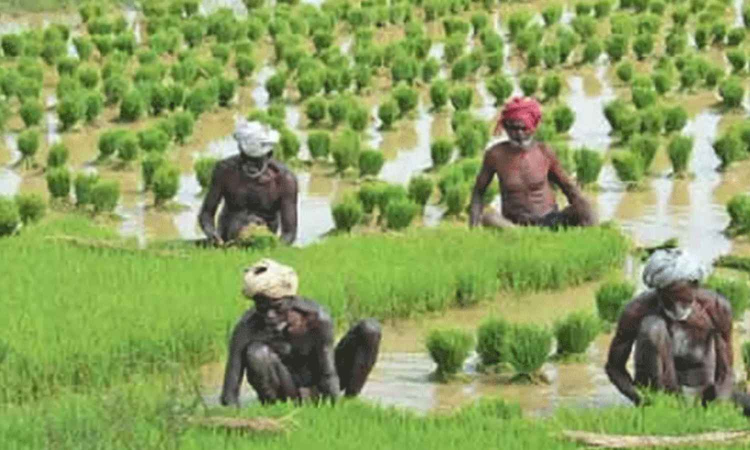Tamil Nadu: Rs 270 crore final phase of Kalaignar’s agri plan to cover 2,338 villages
According to the Government Order issued by Agricultural Production Commissioner and Secretary V Dhakshinamoorthy, the scheme integrates multiple agriculture-related departments to boost rural infrastructure, develop fallow lands, enhance irrigation sources, and promote sustainable livelihoods.

Representative Image
CHENNAI: In a decisive step towards inclusive agricultural transformation, the Tamil Nadu government will implement the final phase of the ‘Kalaignarin Anaithu Grama Orunginaindha Velan Valarchi Thittam’ (Kalaignar's All Villages Integrated Agriculture Development Plan – KAVIADP) across 2,338 gram panchayats during 2025–26, with a total outlay of Rs 269.509 crore.
According to the Government Order issued by Agricultural Production Commissioner and Secretary V Dhakshinamoorthy, the scheme integrates multiple agriculture-related departments to boost rural infrastructure, develop fallow lands, enhance irrigation sources, and promote sustainable livelihoods.
The funds are allocated as follows: Rs 19.82 crore for agriculture, Rs 73.67 crore for agricultural engineering, Rs 21.65 crore for horticulture and plantation crops, Rs 154 crore for agricultural marketing and agribusiness, and Rs 0.36 crore for the sugar department.
The plan allows for up to 2,000 electricity connections annually under the self-financed borewell/tubewell tatkal scheme on barren and adjoining poramboke lands, subject to applications by respective assistant directors.
These connections will be metered and charged as per Tamil Nadu Electricity Regulatory Commission tariffs, with charges from 2021–22 to 2025–26 eligible for coverage under RE or FMA provisions.
As this is the scheme's final year, special concessions have been approved.
Farmers from the 2021–24 batches may still be included if they request support, particularly for creating fallow land clusters, establishing irrigation sources, and removing thorny bushes on either communal or individual plots.
In instances where adequate Scheduled Tribe (ST) beneficiaries are unavailable in 2025–26 villages, the government has allowed reallocation of scheme benefits to eligible ST farmers from villages selected in the previous years.
Furthermore, in line with the Forest Rights Act (FRA), even tribal landholders without formal pattas (but holding de facto rights) will be eligible to receive scheme benefits.
Additionally, the director of agriculture has been authorised to prepare and amend detailed project reports using prescribed templates.
Relevant department heads are empowered to revise operational guidelines in line with ground realities for effective execution.



